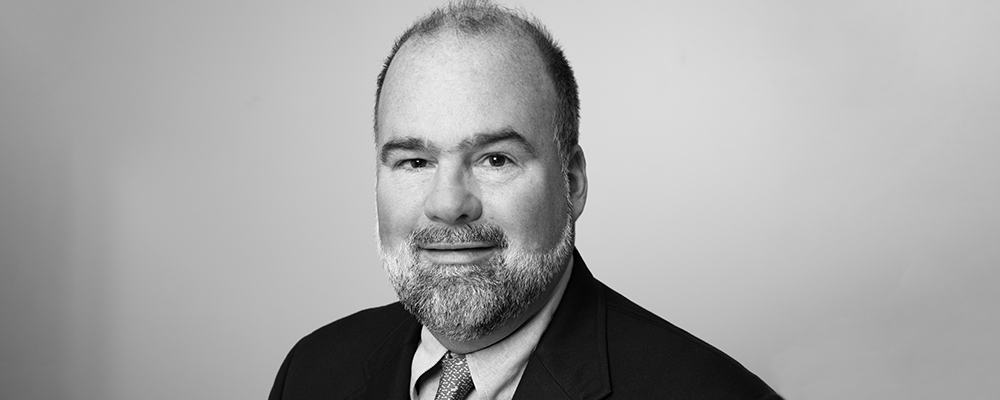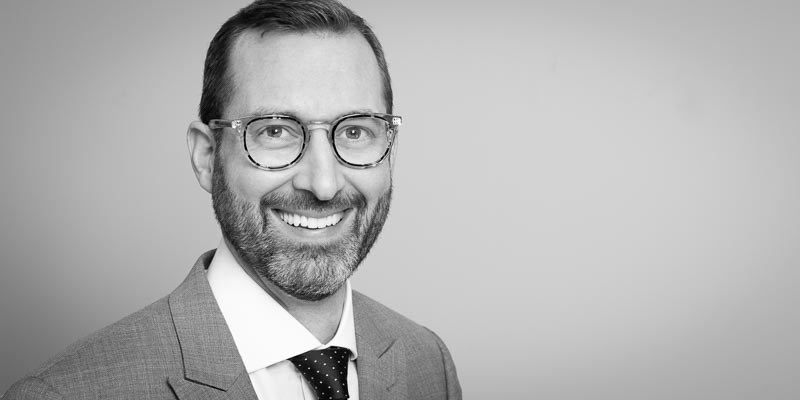Finding the Right Experts: Swanson, Reichard Discuss the Power of Connection Versus Plain Know-How
June 9, 2023
Rarely does a case come along where things just seem to go right. Would our decades-long fight over claims that several banks aided and abetted R. Allen Stanford and Stanford International Bank, Ltd. (SIBL) in perpetrating an $8 billion fraud, the second-largest Ponzi scheme on record, count as one of those cases? If time were the only judge, maybe not.
As far as the past year goes, though, it is impossible to ignore certain inflection points in the case, particularly the Honorable David C. Godbey’s denial of motions for summary judgment and Daubert motions, and a favorable Fifth Circuit ruling on the eve of trial. Still, even with hard work and diligence, a good judge or tide-changing ruling are things that remain outside of your control—really, all you can do is pose your best argument and hope everything falls into place.
Despite the uncertain elements inherent in each case, there are things that you can control, including the experts you choose. Obviously, it is common sense to look for credible experts with impressive CVs and experience testifying. But an expert can bring much more to the case than credentials, and it can be helpful to consider how the experiences underlying an expert’s expertise may advance your litigation strategy and strengthen your case before the jury.
Making an informed choice on experts involves intimately understanding your case objectives. Once you know what you want to achieve, think about who can help you achieve those goals, as well as the complementary roles that multiple experts can play in making your case. The key is to do this while considering the jury’s perspective—putting yourself in their shoes is nonnegotiable. And while it goes without saying that a good expert is one that can connect with the jury, it is important to remember that experts can form those connections in different ways, and you should choose a type of connection that complements your objectives in your case.
In the Stanford case, we had two distinct objectives: First, we needed to explain complex legal concepts that we knew would be foreign to most people, including the not-so-intuitive concepts of fiduciary duty, the corporate form, and securities regulation. To achieve this goal, we chose James Spindler, the Mark L. Hart, Jr. Endowed Chair in Corporate and Securities Law and professor at the McCombs School of Business (University of Texas at Austin). As both a career practitioner and educator, Professor Spindler is a natural at delivering these abstract, highly specialized concepts to lay people—just as he does every semester with his students, Professor Spindler is equipped to distill these concepts to jurors in a way that they can more easily understand.
Next, we needed the jury to understand the anti-money laundering and other regulations applicable to the bank defendants. While still highly technical, these regulations are somewhat more intuitive to a lay person—essentially, that the banks had diligence and monitoring obligations with respect to Stanford and other high-risk customers and, in light of those regulatory obligations, the bank defendants acted with the requisite scienter in aiding the Stanford fraud. We determined that we needed an expert whom the jury could trust to guide them through hundreds of thousands of documents and dozens of hours of anticipated factual testimony. Pat McElroy, a seasoned member of the banking industry, analyzed regulations, sorted through internal emails, and surveyed documents to determine not only what the banks allegedly knew but also how they chose to act in light of that knowledge. McElroy’s role was to connect the dots between the complex financial concepts detailed by Spindler and the bank defendants’ role as they related to the fraud. Bolstering McElroy’s testimony was his innate warmth and ability to put people at ease.
Another thing to bear in mind is that expertise is constantly evolving. Today, the securities arena in which the Stanford case took place is in some ways very familiar, while in others completely different; take, for instance, FTX and the rise of cryptocurrency.
On Feb. 22, 2023, Fishman Haygood and Stumphauzer Kolaya Nadler & Sloman filed the most comprehensive class action lawsuit to date on behalf of FTX customers. The lawsuit seeks to recover damages in the form of investment losses against the banks, venture capital firms, accounting firms, and law firm that allegedly aided and abetted Sam Bankman-Fried and his company in a scheme to defraud customers out of billions of dollars and crypto assets.
And while parallels can be drawn between the alleged involvement of banks in the Stanford and FTX cases, we are finding it even more critical to put aside our theories and allow well-qualified experts to tell us what they think without coloring their opinions. As we interview experts, we look for those not only who help build our case but also who are willing to explain new and evolving concepts to us. In this way, we learn from them while we gauge their willingness and ability to teach jurors.
As the world changes, it is imperative that we change along with it. And while expertise, particularly in securities litigation, evolves, the need for an expert to connect in an authentic way remains the same.
Jim Swanson and Ben Reichard are partners in Fishman Haygood’s Litigation Section. They represent individuals and the Official Stanford Investor’s Committee against five banks, with particular concentration on claims against Trustmark National Bank and Independent Bank of Texas (formerly known as Bank of Houston), in a lawsuit alleging the banks’ aiding and abetting of the $7 billion Ponzi scheme perpetrated by R. Allen Stanford.


